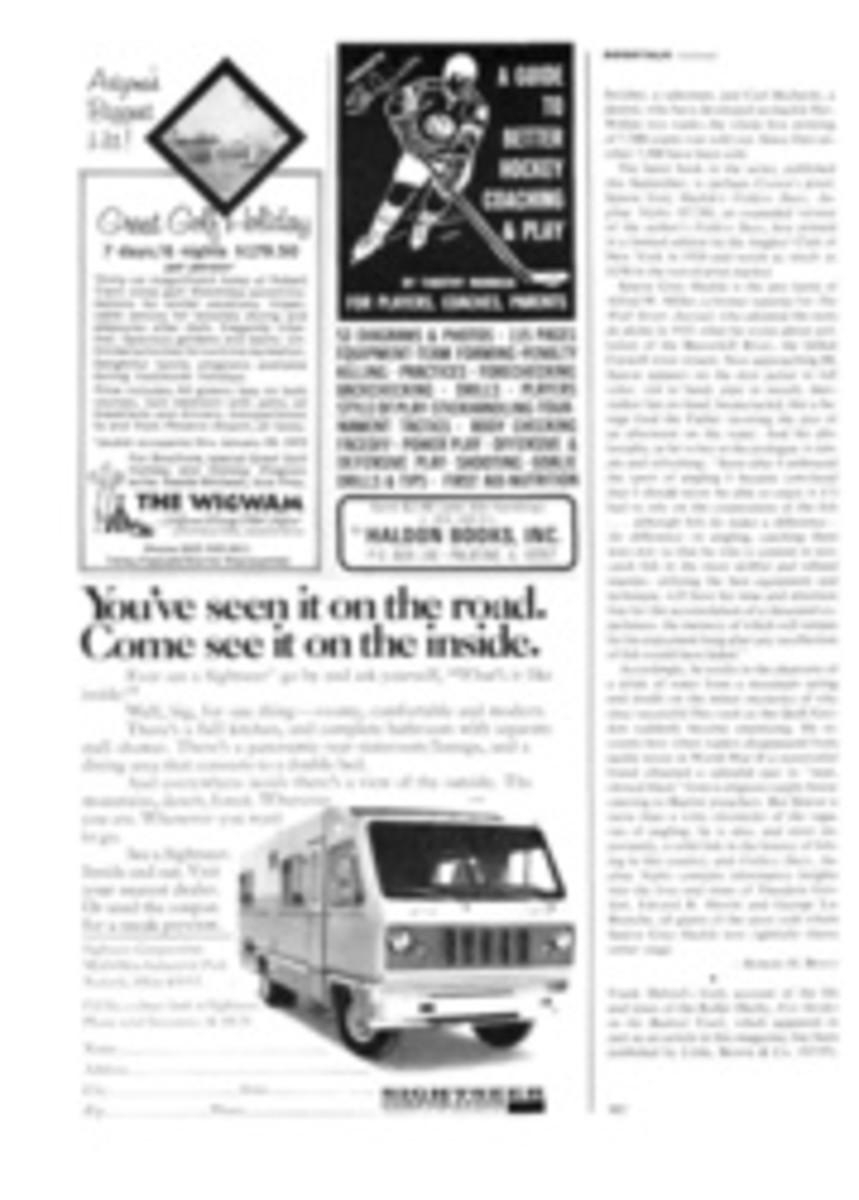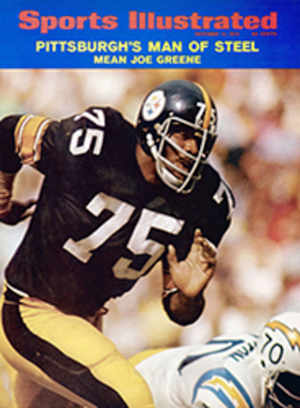
LETTER FROM THE PUBLISHER
One thing you learn quickly in the magazine business is that there are lots of people trying to make a living at writing. Our mail brings us nearly 5,000 unsolicited manuscripts a year from free-lancers all over the world, and they reflect literary skills as diverse as their geography. It would probably be possible to publish SPORTS ILLUSTRATED without looking at these submissions, but it would be foolish. You can never tell when an envelope might contain the efforts of an unknown or undeveloped talent.
Consequently, though we print on the average only four of the unsolicited manuscripts we receive each year, they all are carefully read. The man in charge of this task is Associate Editor Joe Carroll, and of late he has a right to be especially proud of some of his discoveries. Beginning on page 90 of this issue is the latest work of a Joe Carroll find: Pat Jordan. It was about two years ago that Joe came across the lively first chapter of an autobiographical account of minor league baseball life. We assigned Jordan the story that became You Can't Beat the Draft in our July 27, 1970 issue. About that time Jordan gave up his job as a schoolteacher, became a freelance writer by profession and has since written six articles for us, including this week's, which is adapted from his first book, Black Coach.
Back on Sept. 13 we featured a story by Bil Gilbert on Hawaii's Leeward Archipelago. Gilbert was a public-relations man for Georgetown University in Washington in 1960 when he mailed us an article on pigeon kidnapping. Carroll was impressed by Gilbert's unusual view of things and encouraged him into a new career. Since then Bil has done nearly 50 stories for us, and his work has appeared in The Saturday Evening Post, Ladies Home Journal and Esquire. He has also written three books.
Carroll's most recent example of literary serendipity was a thoughtful apologia for prizefighting, In Defense of the Sweet Science, by a lawyer, J.P. Heinz (Aug. 16). The Heinz manuscript, which included numerous footnotes and exotic references, might have put off an editor less patient than Joe, but he was fascinated by the writing style and scholarship. This, too, was the author's first general magazine sale.
It is no accident that writers get a careful reception from Joe Carroll. His own literary ventures conditioned him to have a sympathetic eye for the efforts of aspiring authors. As a student at Notre Dame in the Knute Rockne era and later as a newspaperman in Chicago, he spent much of his free time writing poetry and fiction—and sending it to magazines. He kept up the writing through World War II, selling pieces regularly to The Saturday Evening Post and Collier's, where he eventually became a staff member. After leaving the latter a year before its demise he had a play produced, The Barroom Monks, which ran off-Broadway for nearly a year. He joined SI in 1960 and estimates that since then he has read 100 million words of more or less earnest prose and poetry from several hundred potential Ernests, Taylors, Willas, Trumans, Damons, F. Scotts and, sure, Joes.
PHOTO
JOE CARROLL, BETWEEN MANUSCRIPTS

